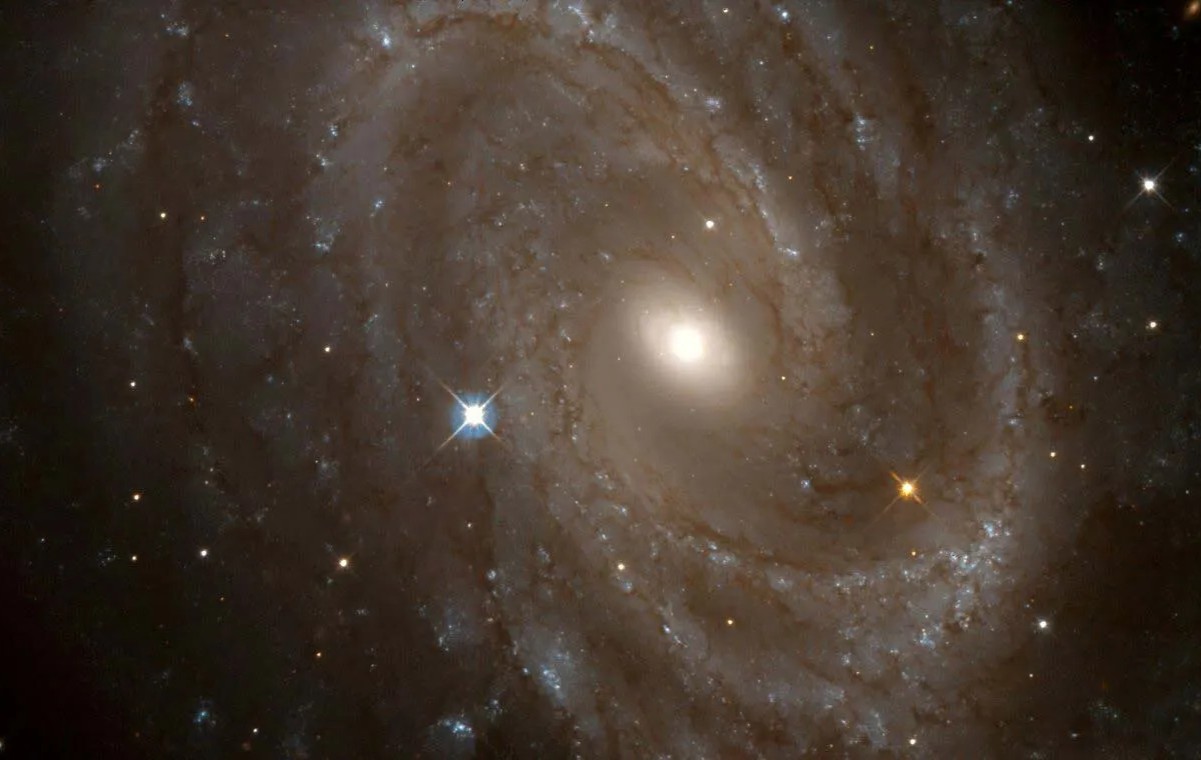
RR Lyrae variables are fascinating stars that play a crucial role in astronomy. These stars are known for their regular pulsations, which make them excellent tools for measuring cosmic distances. But what exactly are RR Lyrae variables? They are a type of pulsating variable star, typically found in globular clusters. These stars have short periods, usually less than a day, and their brightness varies in a predictable pattern. Why are they important? Because their consistent luminosity allows astronomers to use them as "standard candles" to gauge distances within our galaxy and beyond. Understanding RR Lyrae variables helps us map the universe more accurately. Ready to learn more? Let's dive into 29 intriguing facts about these stellar wonders!
What Are RR Lyrae Variables?
RR Lyrae variables are a type of pulsating star found in the Milky Way galaxy. These stars are crucial for astronomers because they help measure cosmic distances. Here are some fascinating facts about these celestial objects.
-
RR Lyrae stars are named after the prototype star RR Lyrae in the constellation Lyra.
-
They are typically found in globular clusters, which are dense groups of stars.
-
These stars are older, usually around 10 billion years old, making them some of the oldest stars in the galaxy.
-
RR Lyrae variables are about 50 times more luminous than the Sun.
-
They have a relatively short pulsation period, usually between 0.2 and 1 day.
Characteristics of RR Lyrae Variables
Understanding the characteristics of RR Lyrae variables helps astronomers in various ways, from measuring distances to studying the evolution of stars.
-
These stars exhibit a regular pattern of brightness changes due to their pulsation.
-
The pulsation is caused by changes in the star's outer layers, which expand and contract.
-
RR Lyrae stars are classified into three types: RRab, RRc, and RRd, based on their light curves and pulsation periods.
-
RRab stars have asymmetric light curves with periods between 0.4 and 1.2 days.
-
RRc stars have nearly symmetric light curves with periods between 0.2 and 0.5 days.
-
RRd stars show double-mode pulsations, meaning they pulsate in two different modes simultaneously.
Importance in Astronomy
RR Lyrae variables play a significant role in astronomical research, particularly in measuring distances and studying the structure of the Milky Way.
-
These stars are used as standard candles to measure distances within our galaxy and nearby galaxies.
-
The relationship between their luminosity and pulsation period helps determine their absolute magnitude.
-
By comparing the apparent magnitude with the absolute magnitude, astronomers can calculate the distance to these stars.
-
RR Lyrae stars help map the distribution of stars in the Milky Way.
-
They are also used to study the age and chemical composition of globular clusters.
Historical Discoveries
The study of RR Lyrae variables has a rich history, with many discoveries that have advanced our understanding of the universe.
-
The first RR Lyrae star was discovered in 1901 by the Scottish astronomer Williamina Fleming.
-
In the 1920s, American astronomer Harlow Shapley used RR Lyrae stars to determine the size and shape of the Milky Way.
-
Shapley's work showed that the Sun is not at the center of the galaxy, a groundbreaking discovery at the time.
-
In the 1950s, the relationship between the pulsation period and luminosity of RR Lyrae stars was established.
Modern Research and Discoveries
Modern technology and telescopes have allowed astronomers to make even more discoveries about RR Lyrae variables.
-
The Hubble Space Telescope has observed RR Lyrae stars in distant galaxies, helping to refine distance measurements.
-
The Gaia spacecraft has provided precise measurements of the positions and motions of RR Lyrae stars.
-
These measurements have improved our understanding of the structure and dynamics of the Milky Way.
-
RR Lyrae stars have been found in the Andromeda Galaxy, our nearest spiral galaxy neighbor.
-
Studies of RR Lyrae stars in other galaxies help compare their properties with those in the Milky Way.
Fun Facts About RR Lyrae Variables
Here are some fun and lesser-known facts about RR Lyrae variables that might surprise you.
-
Despite their importance, RR Lyrae stars are relatively rare, with only a few thousand known in the Milky Way.
-
They are often used in amateur astronomy for variable star observations.
-
RR Lyrae stars can sometimes be mistaken for Cepheid variables, another type of pulsating star, but they are generally older and less luminous.
-
The study of RR Lyrae stars continues to be a dynamic field, with new discoveries and insights emerging regularly.
The Final Word on RR Lyrae Variables
RR Lyrae variables are fascinating stars that have helped astronomers understand the universe better. These stars, known for their consistent brightness changes, serve as cosmic yardsticks. By studying them, scientists can measure distances to far-off galaxies and learn about the structure of our Milky Way.
Their predictable pulsations make them invaluable in the field of astronomy. They’ve been used to map out the galaxy, understand stellar evolution, and even test theories about the universe's expansion.
In essence, RR Lyrae variables are more than just twinkling lights in the sky. They’re crucial tools that have shaped our understanding of space. Next time you gaze at the stars, remember the significant role these variable stars play in unraveling the mysteries of the cosmos.
Was this page helpful?
Our commitment to delivering trustworthy and engaging content is at the heart of what we do. Each fact on our site is contributed by real users like you, bringing a wealth of diverse insights and information. To ensure the highest standards of accuracy and reliability, our dedicated editors meticulously review each submission. This process guarantees that the facts we share are not only fascinating but also credible. Trust in our commitment to quality and authenticity as you explore and learn with us.
